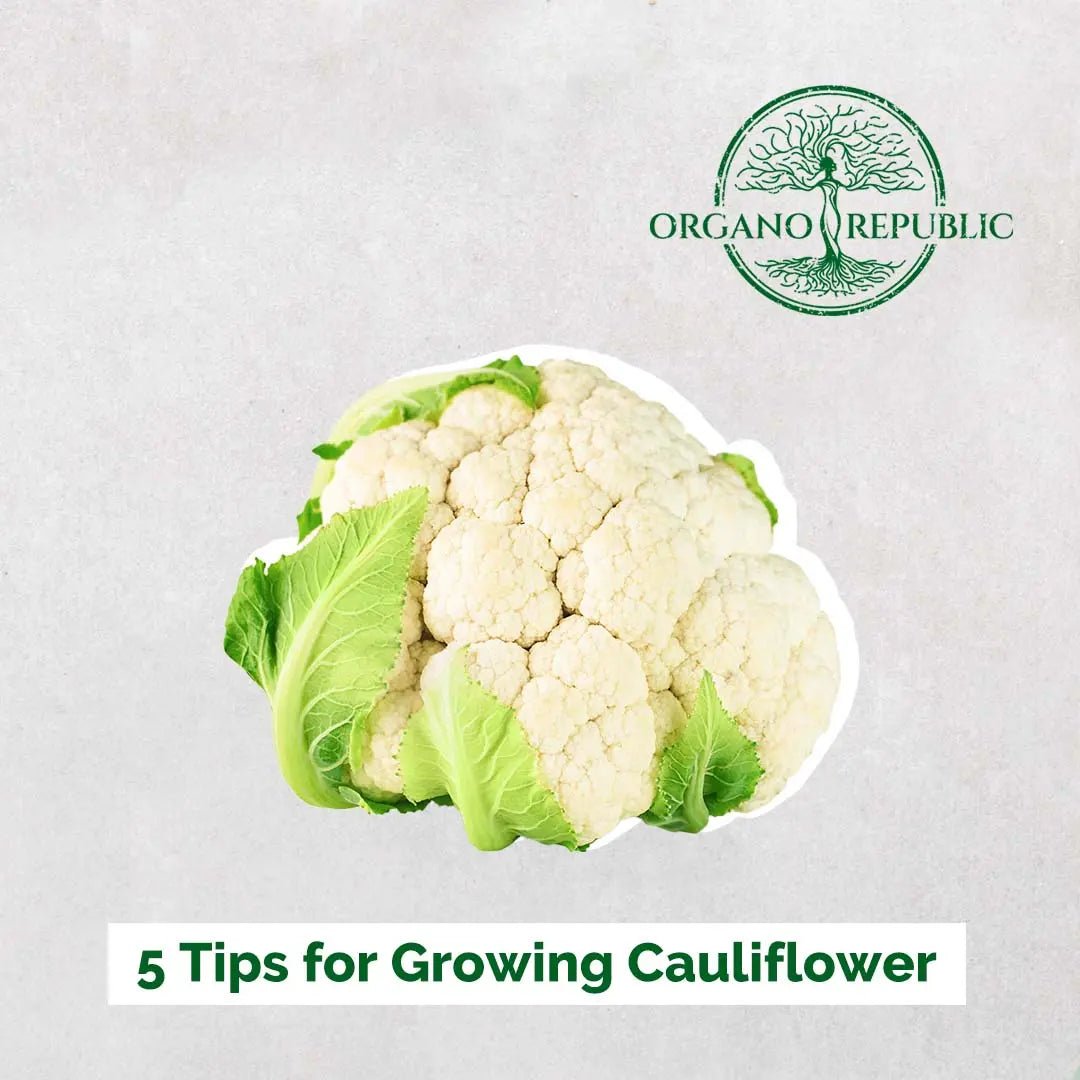- Water cauliflower evenly for continuous, vigorous growth and head formation. Fertilize the bed with seasoned compost before planting and then as a top dressing in the off-season.
- Clean the cabbage on time from weeds and avoid deep cultivation not to damage the roots.
- Blanch the cauliflower when the head is the size of an egg, so the heads remain white and protected from rain and too intense sun. Secure three or four leaves over the head with a rubber band or clothespin and check crowns weekly to avoid pest attacks.
- Cauliflower has several dangerous pests: cutworms, white borers (preceded by small yellow and white borers), and cabbage worms. These pests can be controlled with fine mesh row cover, handpicking, and spraying of Bacillus thuringiensis.
- Cauliflower is prone to certain diseases. The first symptom of root rot is the yellowing of the leaves. So choose disease-resistant varieties for your crop, watch out for weeds, and don't touch plants when they're wet. Pluck and destroy infected plants to prevent disease. Downy mildew, which occurs in cool, humid conditions, can cause cauliflower heads to turn brown
Related Products
- $29.99
$37.99- $29.99
- Unit price
- per
- $24.99
$29.99- $24.99
- Unit price
- per
- $19.99
$21.99- $19.99
- Unit price
- per
- $22.99
$24.99- $22.99
- Unit price
- per
- Choosing a selection results in a full page refresh.








